Subtle Signs of Glaucoma

What Is Glaucoma?
It's a condition that can damage your optic nerve, usually because of too much pressure in your eye. The optic nerve does an important job. It sends signals from your eye to your brain, which turns them into an image you can see. When the optic nerve isn't working right, you'll get problems with your vision. You can even lose your sight.
Swipe to advance

2
/
14
What Causes Glaucoma?
Your eyes make a fluid that bathes and nourishes tissue in them. Normally the liquid flows through a channel called the drainage angle. When you have glaucoma, the channel stops working well. Fluid backs up and causes pressure to build up inside your eye.
Swipe to advance

3
/
14
Who Gets Glaucoma?
You're more likely to get the condition if your parent, brother or sister, or another close relative has it. Your chances of getting it are greater if you're over 40, are African-American or Hispanic, or because of things like:
- High pressure in eyes
- Eye injury or surgery
- Thin cornea (clear layer in front of the eye)
- Diabetes, high blood pressure, or heart disease
- Problem with your optic nerve
- You use steroid eyedrops or pills
Swipe to advance
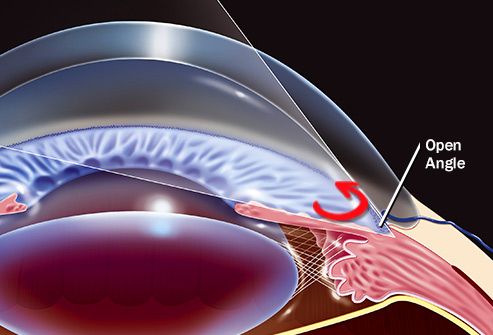
4
/
14
Types of Glaucoma: Open-Angle
There are 4 main kinds of glaucoma. The most common is open-angle glaucoma, which affects about 90% of people with the disease. It's called "open angle" because there's a clear opening to the drainage canal, which gets clogged farther inside. This type comes on slowly. You may not notice any symptoms at first.
Swipe to advance
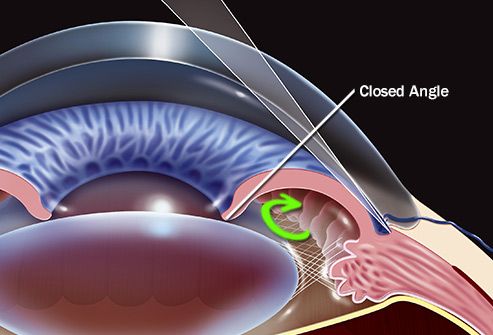
5
/
14
Types of Glaucoma: Angle-Closure
This type comes on fast and it's a medical emergency. It typically happens to people with a narrow opening to their drainage canal, which gets blocked suddenly. That keeps fluid from flowing out of your eye. Pressure inside the eye rises quickly. If you get severe eye pain, headache, nausea, or vision loss, get medical help right away to prevent blindness. You'll likely need surgery to open up the drainage canal.
Swipe to advance
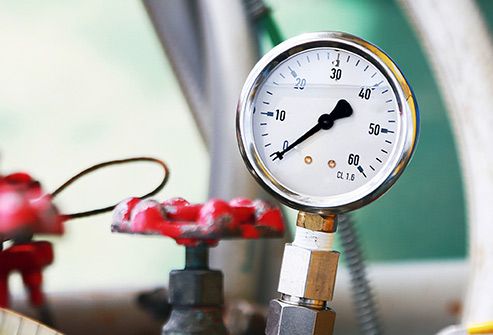
6
/
14
Types of Glaucoma: Normal-Tension
If you have this kind of glaucoma, the pressure in your eye is normal, but you still get optic nerve damage. Doctors aren't completely sure why. One possibility is you're extra sensitive to slight increases in eye pressure. Or it may be that lower blood flow to the optic nerve is causing damage. Your doctor may suggest a treatment that puts your eye pressure at a level that's lower than normal.
Swipe to advance
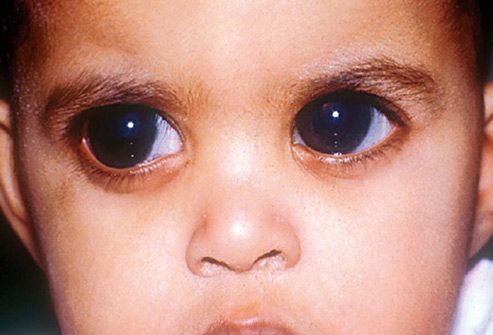
7
/
14
Types of Glaucoma: Congenital
It's a rare form of the disease that affects babies. It happens when the drainage channels in the eyes don't properly develop in the womb. Your baby's eye may get cloudy and look larger than normal. Surgery can fix the problem. Most babies who are treated early will have normal vision throughout their lives.
Swipe to advance

8
/
14
What Are the Symptoms?
Since open-angle and normal-tension glaucoma sneak up on you slowly, symptoms may not show up until the disease is already far along. Without treatment, you'll slowly lose your peripheral (side) vision. That means you may miss objects that you would normally see out of the corner of your eye. It's a bit like looking through a tunnel.
Swipe to advance
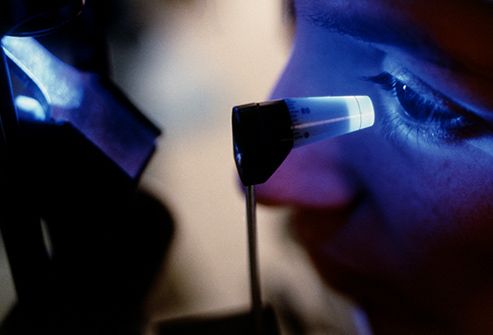
9
/
14
Tests for Glaucoma
A regular eye exam is the best way to find glaucoma early. Your doctor will do some or all of these tests:
- Measure the pressure inside your eye
- Test your side vision
- Measure the thickness of your cornea
- Use a magnifying tool to check your optic nerve for damage
- Take a picture of your optic nerve
- Check the drainage angle in your eye
Swipe to advance
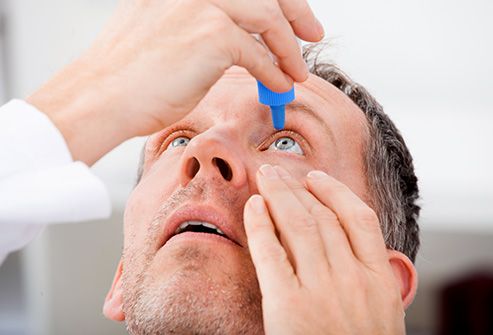
10
/
14
Glaucoma Treatments: Medicine
Your doctor will likely suggest eyedrops or pills to manage your glaucoma. They cut how much fluid your eyes make and help it drain off. Take your medicine every day to keep your condition under control. Let your doctor know if you get side effects, like burning, stinging, and redness in your eyes.
Swipe to advance
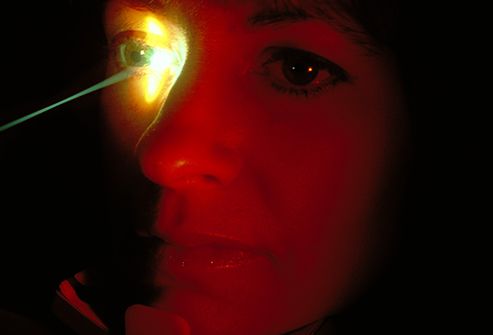
11
/
14
Glaucoma Treatments: Laser Surgery
Your doctor may suggest a procedure called laser trabeculoplasty to treat open-angle glaucoma. He'll numb your eye and then use a laser beam to make small holes in the drainage channel to help fluid flow out. Usually doctors treat one eye at a time. Laser surgery can lower pressure in your eyes, but the effects may not be permanent. Some people need more than one surgery to get long-term results.
Swipe to advance
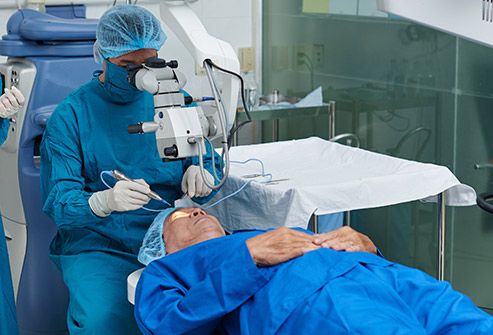
12
/
14
Glaucoma Treatments: Surgery
If medicine and laser surgery don't lower your eye pressure enough, your doctor might recommend a procedure called trabeculectomy. He creates a flap in the white part of your eye to let more fluid drain out. About half of people who have this surgery don't need glaucoma medicine anymore. But sometimes the opening closes again and you'll need a second surgery.
Swipe to advance
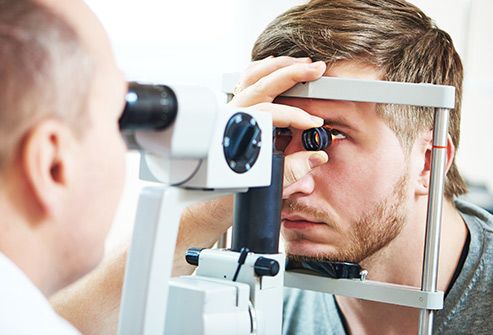
13
/
14
Protect Your Vision
About half of people with glaucoma don't know they have it. To prevent vision loss, know your family history and other risks. Get an eye exam every 1 to 2 years. If your doctor tells you that you have glaucoma, follow his treatment directions carefully. Let him know about any changes in the way you see right away.
Swipe to advance

14
/
14
What to Expect
Eyedrops, surgery, and other treatments can help you manage your glaucoma and prevent you from losing your vision. You'll need to keep up with your treatment throughout your life to keep your eye pressure in check. Your doctor will want you to see her for checkups a few times a year.
Swipe to advance
- Get link
- X
- Other Apps